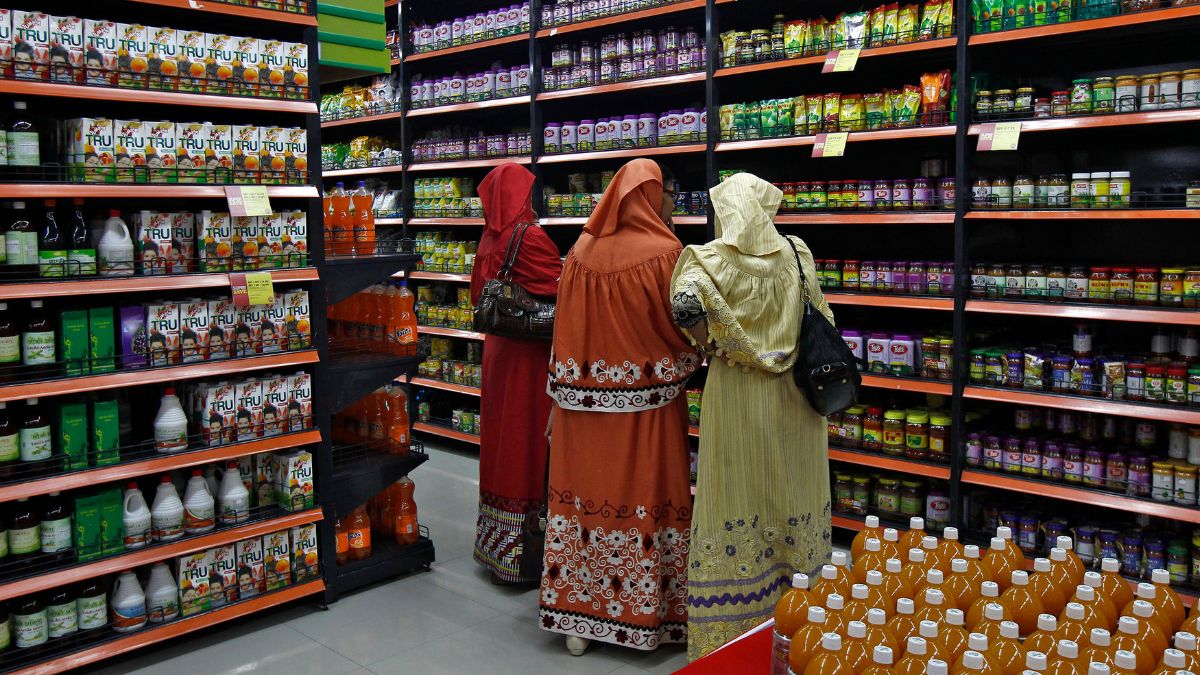GST On Mobile Phones: The Goods and Services Tax (GST) Council has approved a sweeping overhaul of the indirect tax regime, reducing the number of slabs and cutting rates on several everyday products. From September 22, which marks the beginning of Navratri, only two slabs, 5 per cent and 18 per cent, will be applicable on most goods and services. Items like hair oil, corn flakes, televisions, and health as well as life insurance premiums, will see reduced levies. However, a special 40 per cent slab will remain in place for luxury products, including premium cars, tobacco, and cigarettes.
This shift marks the end of the four-slab system of 5, 12, 18, and 28 per cent, which has been in force since the launch of GST in 2017. Officials have stressed that the move is aimed at boosting consumption, especially as India grapples with global trade pressures such as higher US tariffs on exports.
Mobile Phones Stay In 18% Bracket
Despite the widespread changes, mobile phones are not part of the cheaper basket. The GST rate on handsets remains unchanged at 18 per cent. Consumers hoping for relief will have to wait longer, as the Council made no mention of shifting cell phones to the lower slab.
This decision comes despite calls from the India Cellular and Electronics Association (ICEA), which in August urged the government to reclassify phones and components as essential goods. As reported by ET Now, the industry body argued that the existing tax is “regressive” and that smartphones, given their central role in digital access, deserve to be taxed at 5 per cent.
Industry Push For Lower Rates Continues
The ICEA has been vocal about its demand, particularly after Prime Minister Narendra Modi announced the upcoming reform of the eight-year-old GST framework during his Independence Day address. The association reiterated that treating phones as luxury goods does not align with India’s digital goals.
India’s mobile phone industry has experienced a dramatic transformation in the last decade. As per PTI, production has surged from Rs 18,900 crore in FY15 to Rs 5.45 lakh crore in FY25. Exports have also touched Rs 2 lakh crore, positioning the country as the world’s second-largest handset manufacturer.
While the sector’s growth story remains strong, the unchanged GST rate on phones means consumers will not be seeing cheaper devices anytime soon. The debate on whether smartphones should be classified as essentials rather than taxed heavily is likely to continue in the months ahead.


)
